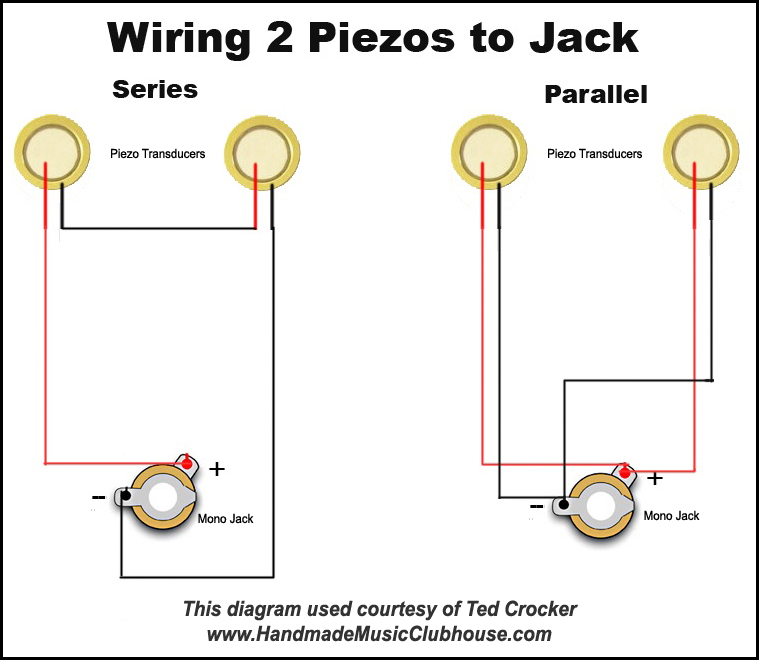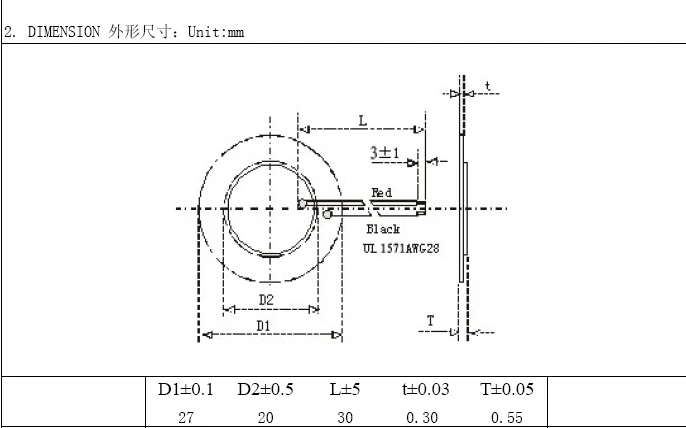
The active element is a piezoelectric or single crystal material which converts electrical energy to ultrasonic energy. An ultrasonic transducer is made up of an active element, a backing, and wearplate. These shorter wavelengths are what make ultrasound and ultrasonic transducers extremely useful for nondestructive testing and measurement of materials.Īn ultrasonic transducer itself is a device that is capable of generating and receiving ultrasonic vibrations. Ultrasound, which is similar in nature to audible sound, has far shorter wavelengths and is far more suitable to detect small flaws. Although ultrasound typically starts at 20 KHz, most ultrasonic transducers start at 200 KHz. Sound that is generated above the level of human hearing range is called ultrasound.

Transducer device manufacturers can provide focused transducers for improved sensitivity and resolution, and a large selection of polarized ceramic compositions, single crystals, polymers and piezo-composite materials to vary the transducer performance. A transducer that is highly damped helps shorten the reflected pulse allowing the transducer to resolve closely spaced defects. Resolution is the ability of a transducer to separate signals produced by two reflectors when they are close together either perpendicular to the beam or parallel to the beam. Sensitivity is defined as the ability of a transducer to detect small defects in materials. Transducers can be selected for sensitivity or resolution.

Factors including instrument conditions and settings, material properties, and coupling conditions will also impact test results. Selection of the proper transducer for a particular application is most important. The ultrasonic transducer is an extremely important and critical part of any ultrasonic test. BPO does not manufacture complete ultrasonic transducers. Boston Piezo-Optics is a major supplier of transducer crystals to transducer manufacturers.


 0 kommentar(er)
0 kommentar(er)
